Hamster Cages: How to Create the Best Habitat for Your Pet
Hamsters are adorable, and if you had one as a child, you probably remember how the hamster cages can create the best habitat for your pet. That's, of course, because your parents probably helped you a lot.
As you can imagine, caring for a hamster isn't as easy as it seemed when you were a child, but once you get into the groove, it might not be that difficult either. Consider the following products if you're thinking about getting one again.
The Garden Store is a website dedicated to providing you with everything you need to care for any of your pets. From cages for your hamsters to beds for dogs and cats, if you love having your own zoo at home, you've come to the right place.
5 Hamster Cages to Improve Their Habitat
Here we'll give you a comparison of some of the hamster cages and accessories available that you can use:
1- Multicolor Hamster Cage
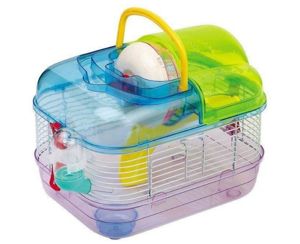
This is a cute, multi-colored cage for small rodents, with a Ferris wheel and slide to keep them active, since hamsters need to be constantly moving when they're not sleeping. It comes with a carrying handle.
2- Transparent hamster cage

A cage large enough to house two or three small hamsters, completely transparent, with a Ferris wheel and slide included to keep them all active. It also comes with a handle to make it easier to transport.
3- Rodent cage with legs
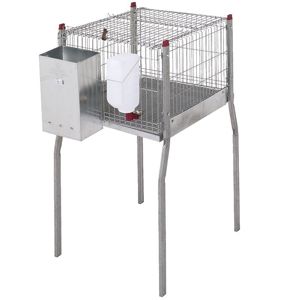
This metal cage is quite large, can accommodate several hamsters, and is even ideal for rabbits. It comes with long legs to keep your pet protected from the floor.
4- Hamster cage design
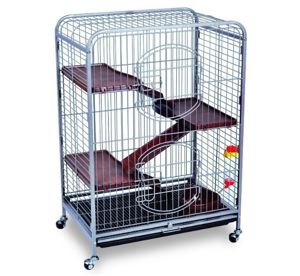
This is a very elegant cage for small rodents, with three floors connected by a slide to facilitate pet movement and keep them active. It also comes with two doors to help you get your hamster in and out of the cage from anywhere.
5- Hamster ball
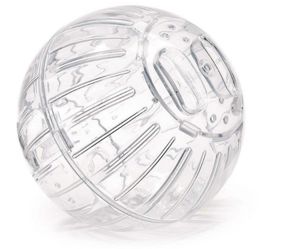
It never hurts to have an accessory like this that allows your hamster to exercise and have the freedom to go wherever he wants without you getting lost either. It's completely transparent and made of a durable material.
How to get a hamster and give it the best possible care
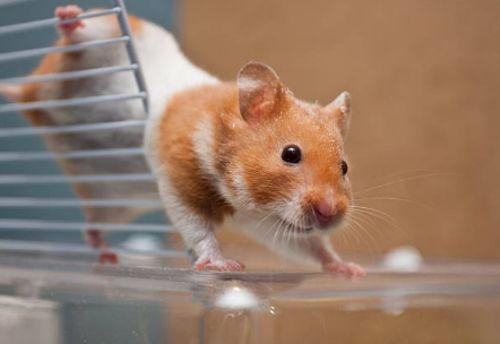
You don't just need to buy a cage and a ball to care for a hamster. Their care can sometimes be very specific, and here we'll guide you through how to do it perfectly.
Buy a hamster
Find a place that sells hamsters
If you want to get a furry hamster friend, go to a pet store, hamster breeder, or animal shelter to choose one. Try not to buy from a chain pet store, as hamsters likely have very poor genetics.
Choose a healthy hamster
A healthy hamster should have clean ears, a clean and dry rear end, a small, rounded stomach with no bald spots or lumps, clean and bright eyes, and healthy teeth that are not overgrown or curled upwards.
The size of the hamster
Adult Syrian hamsters measure between 12.7 and 17.8 cm in length. Campbell's dwarf hamsters and Winter White dwarf hamsters reach 7.6–10.1 cm. Chinese hamsters can grow to between 10.1 and 12.7 cm in length. And Roborovski hamsters barely reach 7.6 cm in length as adults.
Setting up your hamster's new home
Choose the right cage
The best habitat for your hamster is the one that has around 1524 square cm, although 1143 square cm is the minimum. You must also have more than 30.48cm tall enough to fit a suitable sized wheel.
Locate the cage
Make sure there's enough ventilation. Find a quiet place free from any other pets in the house.
Understand your hamster's instincts
They are territorial from the age of 5-8 weeks and will often fight to the death with another hamster if placed in the same space. Some dwarf hamsters can be housed together as long as they bond well from an early age.
Prepare your hamster's bedding
On the ground, to achieve the best habitat for your hamster There must be a layer of at least 15.24cm of bedding. This may seem like a lot, but hamsters dig large tunnels in the wild.
Feed the hamster every day
Hamsters need a pelleted food, rather than a muesli or seed mix, to prevent selective feeding and ensure your hamster gets all the nutrients it needs.
Have water ready and available at all times
Your hamster doesn't drink much water, but when he's thirsty, it's important to have water available. It's best to use a water bottle or some type of dispenser that's easy to use.
Avoid "human" foods
This includes things like sweets, pasta, raw meat/fish, sugar, and desserts. Foods that you don't consider high in sugar will still be too sugary for him. This can be detrimental to his health.
Acclimating your hamster
Leave your hamster alone to explore its new home.
When you first bring your hamster home, place him in his cage, with fresh food and water, and leave him alone.
Introduce yourself gradually
After about three days of leaving your hamster alone, you and your hamster can begin to get to know each other. When you approach the cage, speak to alert your hamster to your presence.
The domestication process begins
Do short training sessions starting from the second week after your hamster arrives at its new home.
How to Get Your Hamster to Exercise
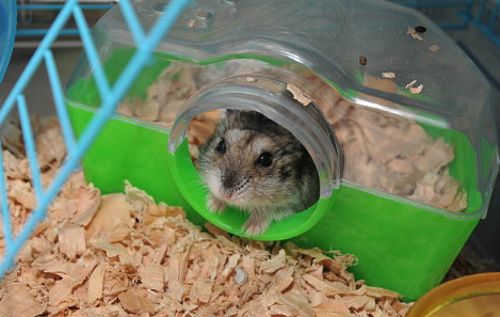
Get a suitable hamster wheel
The wheels that come with hamster cages are usually sufficient, but you should be careful not to make sure they're too small. If your hamster's back curves when using the wheel, it's too small for him, and we recommend replacing it. Buy a hamster ball and you won't have this problem.
Make sure you have lots of toys
Hamsters tend to have fun with almost anything. You can create a maze with PVC pipes or even toilet paper rolls—get creative. The most common thing hamster owners do is buy them a wheel and a ball to play with.
This can cause your hamster to develop unhealthy habits, such as chewing on the bars of a wire cage. Your hamster needs more than that.
Prepare a playpen
Your hamster will enjoy the opportunity to explore outside of its cage. You can set up a play area; this can help when you need to clean its cage.
Anything can be useful, such as a plastic container or a pet pen. Make sure there are no dangerous objects the hamster can access and that the room is escape-proof.
Cleaning your hamster's house
Place your hamster in a safe place
While cleaning your hamster's home, place it in its hamster ball or playpen. You'll want to take your time while cleaning, and you'll need both hands. We recommend not trying to grab your hamster while cleaning its cage. It won't help you clean efficiently.
Clean the cage thoroughly
Use regular dish soap mixed with water. Even the slightest trace of other types of soap can be uncomfortable for your furry friend.
Rinse the cage and let it dry.
Make sure all the water has evaporated and all the cleaning solution has been removed. Remember that hamsters have sensitive noses, and the smell of vinegar or soap will be bothersome.
Any pet accessories can be found on our site or contact our technical team.www.https://latiendadeljardin.com/
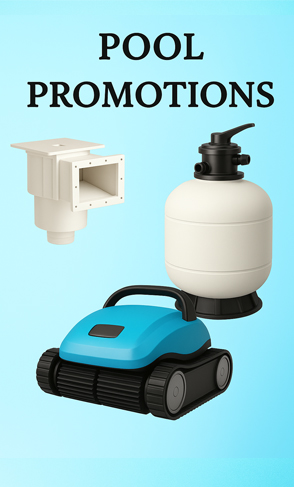




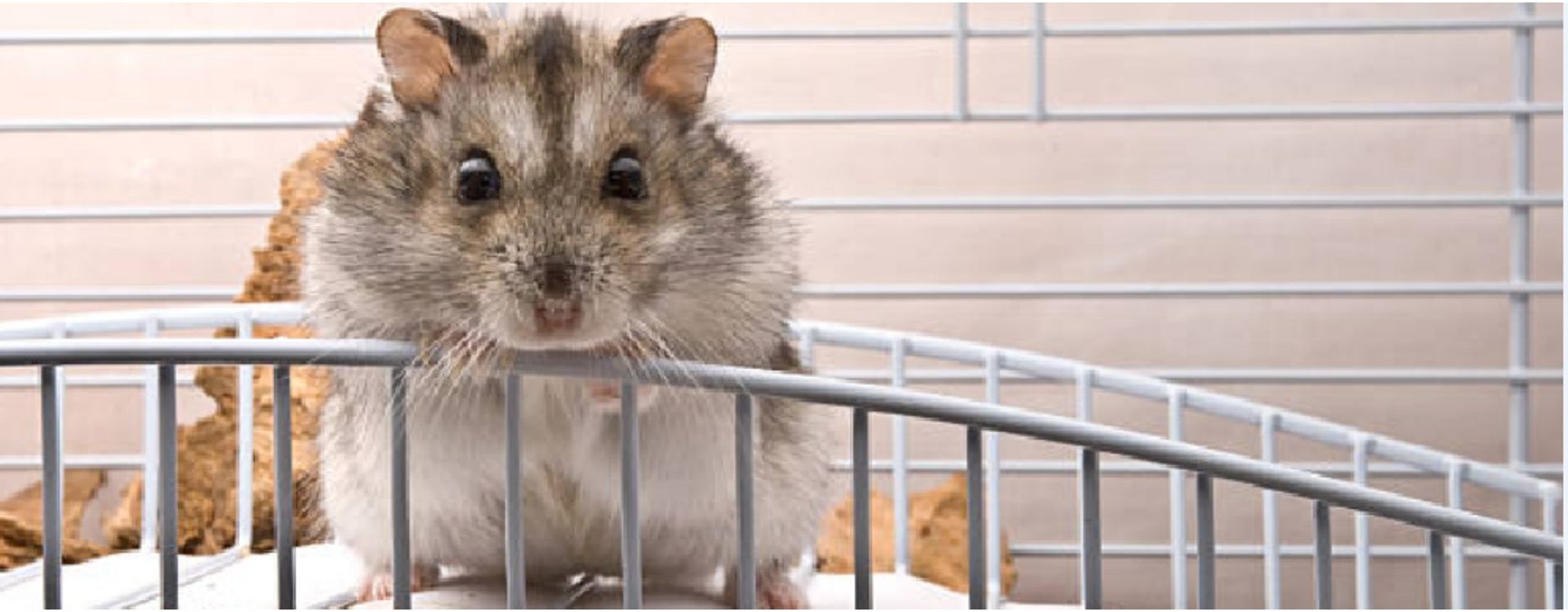

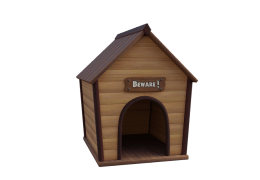




Leave a comment